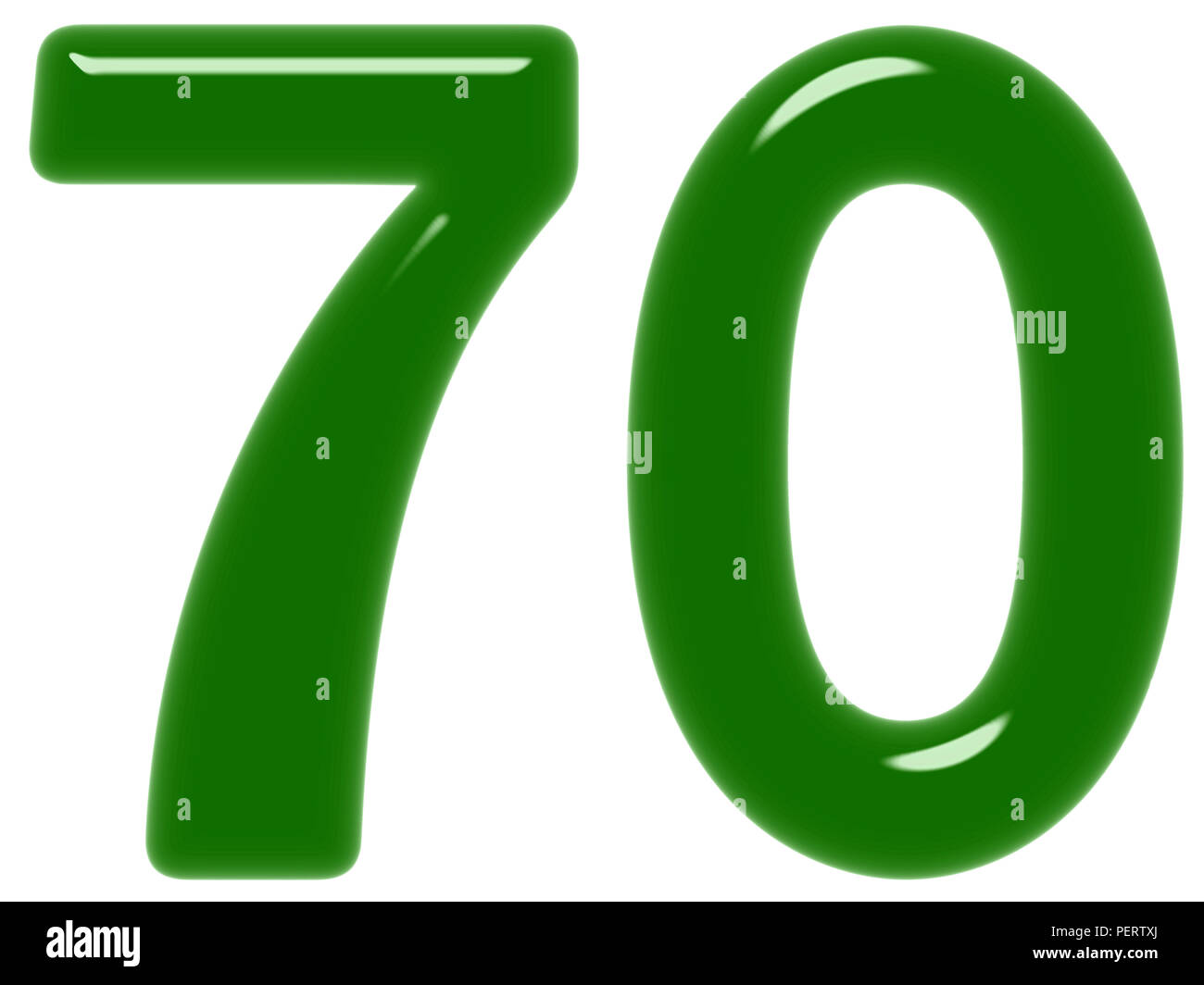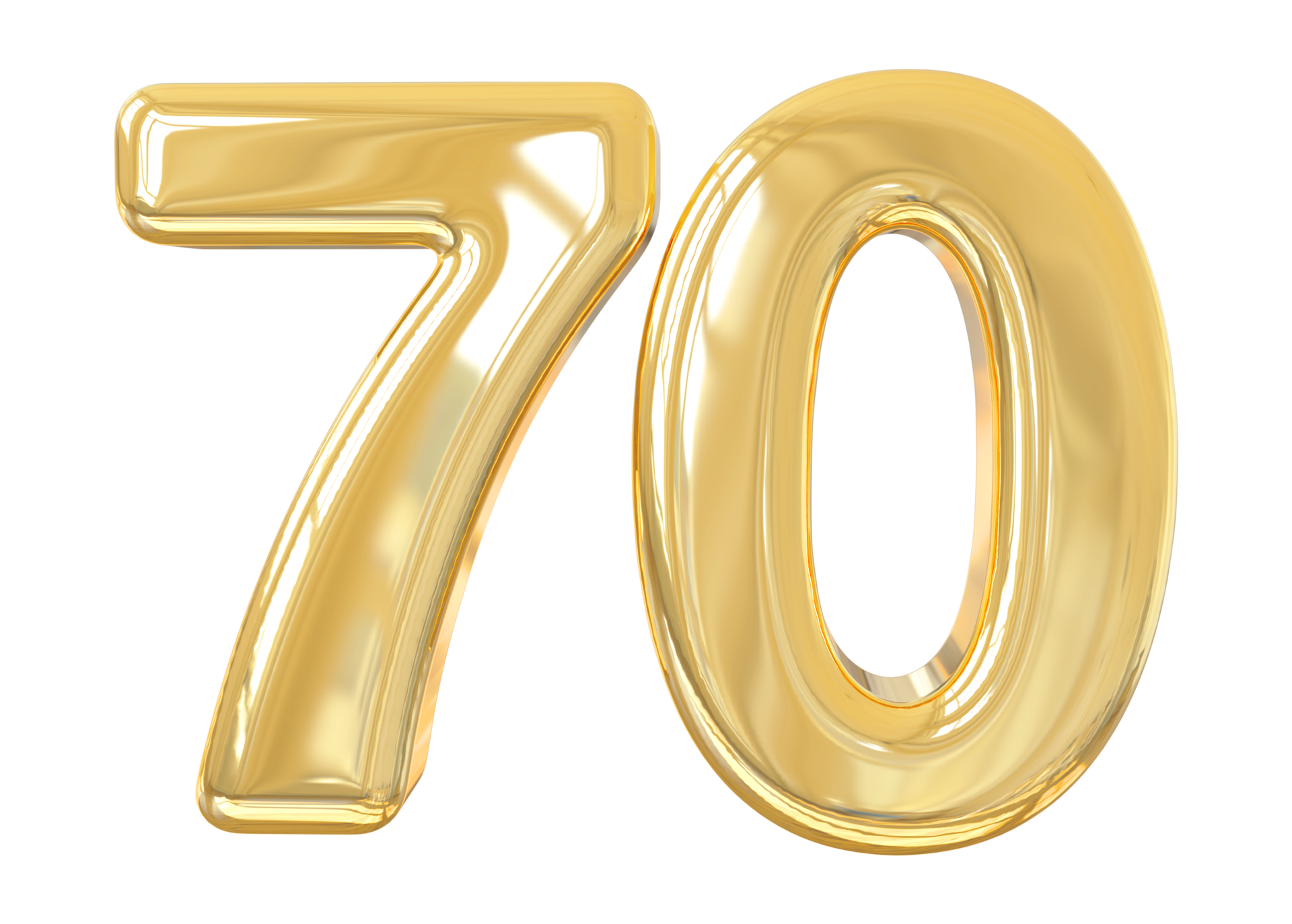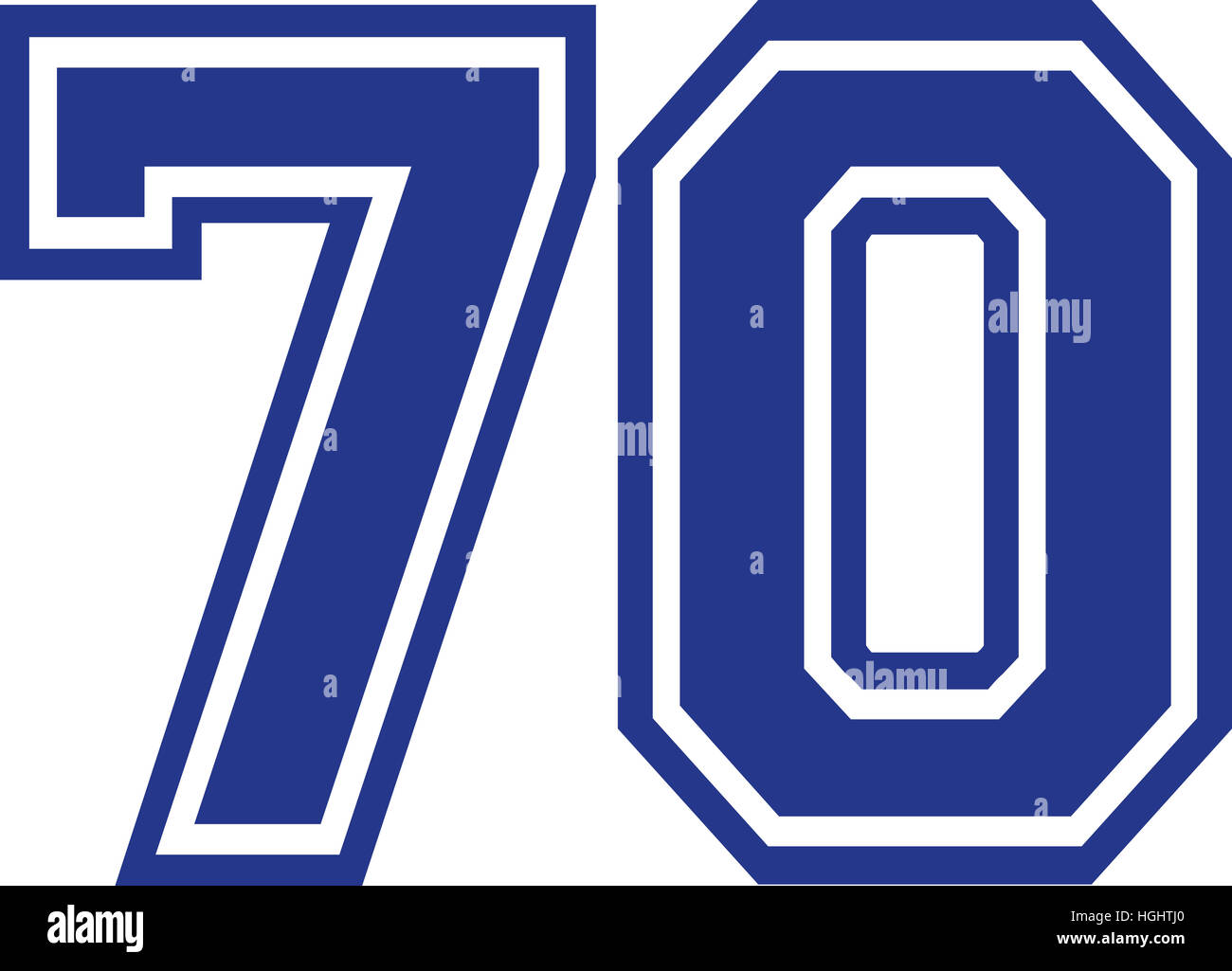Unmasking The 70's Original Hamburglar: A Look Back At McDonaldland's Sneaky Star
Do you ever think about the golden age of fast food mascots? It's almost like a trip down memory lane, isn't it? Back when Saturday morning cartoons often featured commercials with colorful characters, McDonald's truly had something special. Their McDonaldland crew, a rather quirky bunch, captured the imaginations of so many young people, and adults too, for that matter. Among them, a very familiar, yet somewhat different, figure lurked: the 70's original Hamburglar.
This was a time, you know, when music truly filled the air, from the electrifying riffs of Kiss and Dire Straits to the disco anthems of Abba and the Bee Gees. The classic rock vibes of Eagles and Fleetwood Mac, and the unforgettable beats of Earth, Wind & Fire, were just a part of everyday life. This era, the 1970s, which spanned all 3,652 days, truly shaped so much of what we enjoy even now, including the fun world of advertising.
So, what was this first version of the Hamburglar really like? We're going to explore his beginnings, his rather distinctive look, and how he fit into the vibrant pop culture of a decade that gave us so much, from amazing tunes to, well, some pretty memorable fast-food lore. It's a chance to discover the fascinating world of this number 70, in a way, tied to a character who loved to swipe burgers.
Table of Contents
- Hamburglar Character Details
- The Dawn of a Mischief Maker
- A Look Back at His First Form
- The Voice and His Antics
- Why He Changed
- The 70s Vibe: A Character of His Time
- Hamburglar's Lasting Legacy
- Frequently Asked Questions About the 70s Hamburglar
Hamburglar Character Details
For those curious about the specifics of this early character, here's a quick look at some key points about the 70's original Hamburglar.
| Detail | Description |
|---|---|
| First Appearance | Early 1970s (specifically 1971) |
| Original Look | Older, somewhat scruffy man with a long nose, wide-brimmed hat, and a red and white striped outfit. He wore a mask and a cape. |
| Signature Phrase | "Robble, robble!" (though this came a little later and became more prominent with his updated look) |
| Primary Goal | To steal hamburgers, especially from McDonald's. |
| Habitat | McDonaldland, often near the Hamburger Patch. |
The Dawn of a Mischief Maker
When McDonaldland first came to be in the early 1970s, it really brought with it a whole cast of characters designed to make the fast-food experience more playful. The Hamburglar, in his very first form, actually appeared in 1971. He was, to put it simply, the resident bad guy, the one always trying to get his hands on those tasty burgers. His role was pretty clear: a mischievous foil to Ronald McDonald and his good-hearted friends. It's quite interesting how this character, even with his somewhat villainous intent, still managed to be quite endearing to children. He was never truly scary, just a bit of a nuisance, you know, in a fun way.
The concept of a character dedicated to stealing burgers might seem a bit odd today, but back then, it just fit right in with the whimsical world McDonald's was building. The commercials were like short, animated adventures, and the Hamburglar was always at the center of some burger-related caper. It was, in a way, a simple setup for a simple, yet effective, marketing strategy. People loved to see what kind of trouble he'd stir up next, and how Ronald would always, somehow, manage to stop him.
A Look Back at His First Form
The 70's original Hamburglar looked quite different from the smaller, more child-like version many people recall from later decades. Initially, he was depicted as an older man, a bit on the portly side, with a rather long, pointed nose. He wore a wide-brimmed hat, a sort of black bandit mask over his eyes, and a cape that just flowed behind him. His outfit was the classic red and white stripes, a pattern that, in some respects, has stayed with the character through all his changes. He carried a sack, naturally, for all the burgers he hoped to swipe. This early design, you know, gave him a more genuinely villainous, almost cartoonish, appearance. He seemed like someone who truly had a single, all-consuming passion: burgers.
His demeanor was also a bit more gruff, a little less playful than what he would become. He was the kind of character who would sneak around, maybe even grumble a bit, all in pursuit of his burger obsession. This initial look, you know, truly cemented his role as the primary antagonist in McDonaldland. It was a very distinct visual that, for many, is still the definitive image of the character, even if it's been a while since we've seen it. The choice of a striped outfit, perhaps, was a nod to classic prison attire, reinforcing his "bad guy" status without being too serious. It's quite clever, actually.
The Voice and His Antics
The voice of the 70's original Hamburglar was just as important as his look in bringing him to life. Early on, he had a deeper, more gravelly voice, which further contributed to his older, more menacing persona. He wasn't the "Robble, robble!" character yet, at least not in the very beginning. His lines were more about his hunger for burgers and his plans to get them. These early commercials often showed him trying to trick Ronald or other McDonaldland residents to get their hands on the food. He was a bit clumsy sometimes, which, you know, made him less threatening and more comical. The humor often came from his failed attempts and Ronald's clever ways of outsmarting him.
His antics typically involved trying to raid the Hamburger Patch, or sneaking into the McDonald's restaurant itself. The plots were simple, yet effective for the target audience. It was all about the chase, the near misses, and the ultimate triumph of good over burger-stealing mischief. This was a very different kind of character, in some respects, from the sleek, modern mascots we see today. He was a product of his time, a little rough around the edges, but undeniably memorable. People, like your parents or grandparents, might recall these early ads with a sense of fondness, a little bit of nostalgia for simpler times.
Why He Changed
Over time, the 70's original Hamburglar underwent a pretty significant transformation. By the 1980s, his look had changed quite a bit. He became much shorter, a lot younger-looking, and, well, less like an older man. His voice also became higher-pitched, and the famous "Robble, robble!" catchphrase became his signature sound. This change was, apparently, part of a broader effort by McDonald's to make their characters more appealing to younger children, and perhaps, a bit less intimidating. The older, scruffier look might have seemed a little too intense for the youngest viewers, so a softer, more playful version emerged. It's a common thing for characters to evolve with their audience, you know.
The shift in his appearance also coincided with a general trend in children's entertainment towards more overtly friendly and less ambiguous characters. The new Hamburglar was still mischievous, but his actions felt more like playful pranks than actual attempts at theft. This evolution allowed him to fit more comfortably within the McDonaldland gang, almost as a slightly naughty friend rather than a true adversary. It just goes to show how character design can truly impact how a brand connects with its audience, and how, sometimes, a little tweak can make a big difference.
The 70s Vibe: A Character of His Time
The 70's original Hamburglar was, in many ways, a perfect reflection of the decade he came from. The 1970s were a time of distinct cultural shifts, from the music to the fashion, and even the way we watched television. Think about it: the rise of rock music charts, the news and sports dominating the airwaves, and a general feeling of discovery and change. This character, with his slightly unkempt look and straightforward desire for burgers, fit right into that era's sensibility. He wasn't overly polished or complicated; he was just a simple, effective villain for a simple, effective narrative. It's almost like the decade itself, which had its own unique rhythm, from the classic rock vibes to the disco beats.
The very concept of McDonaldland, and the Hamburglar within it, provided a kind of escapism for kids. It was a colorful, imaginative world that mirrored the bright, sometimes wild, aesthetics of the 70s. The fact that the number 70 itself has interesting mathematical properties – like being an even composite number composed of three distinct primes (2, 5, and 7) – is a fun coincidence, but it also points to the era's own blend of complexity and simplicity. The Hamburglar, in his original form, really was a product of those times, a character who embodied a certain kind of playful rebellion that resonated with the period's broader cultural movements. You could even say he was a bit of a rock star in his own right, in the world of advertising, that is.
Hamburglar's Lasting Legacy
Even though his appearance changed, the spirit of the 70's original Hamburglar continues to influence the character today. He remains a beloved figure in McDonald's history, often brought back for nostalgic campaigns or special appearances. His early design, while perhaps less widely recognized by younger generations, holds a special place in the hearts of those who grew up watching him in the 70s. It's a testament to the power of early character design and how even a simple concept can leave a lasting mark. The enduring appeal of the Hamburglar, in all his forms, speaks to the strength of McDonaldland as a whole. You can learn more about McDonald's history on our site, and perhaps even discover other characters from that time. It's pretty cool how these figures stick with us, isn't it?
The fascination with vintage pop culture, including these old mascots, is something that never really fades. People often search for old commercials, look at character art, and share memories of these figures from their childhood. The Hamburglar, especially his 70s version, represents a particular moment in time for many. He's a reminder of simpler days, of Saturday mornings, and of a brand that knew how to make its characters truly unforgettable. His story is, in some respects, a small but important piece of the larger story of advertising and how it shapes our memories. You can find more details about the evolution of these characters on this page about vintage advertising.
Frequently Asked Questions About the 70s Hamburglar
Was the 70s Hamburglar the first version of the character?
Yes, the 70's original Hamburglar, first appearing in 1971, was indeed the very first version of the character. He looked quite different back then, a bit older and scruffier than the version most people recall from later decades. This initial design truly set the stage for his role as the burger-stealing antagonist in McDonaldland.
What did the original Hamburglar wear?
The 70's original Hamburglar wore a wide-brimmed hat, a black bandit mask over his eyes, and a cape. His main outfit was a red and white striped uniform, which became a signature part of his look, even as he changed over the years. He also carried a sack, naturally, to hold all the burgers he hoped to swipe.
Why did the Hamburglar's appearance change over time?
The Hamburglar's appearance changed, you know, to make him more appealing to younger children and perhaps less intimidating. By the 1980s, he became shorter, younger-looking, and his voice became higher-pitched. This evolution allowed him to fit more comfortably within the McDonaldland gang as a playful, slightly naughty friend rather than a true adversary. It was a common practice for character designs to adapt to their target audience over the years, really.

Number 70 Clipart

Number 70 Images

Number 70 Images